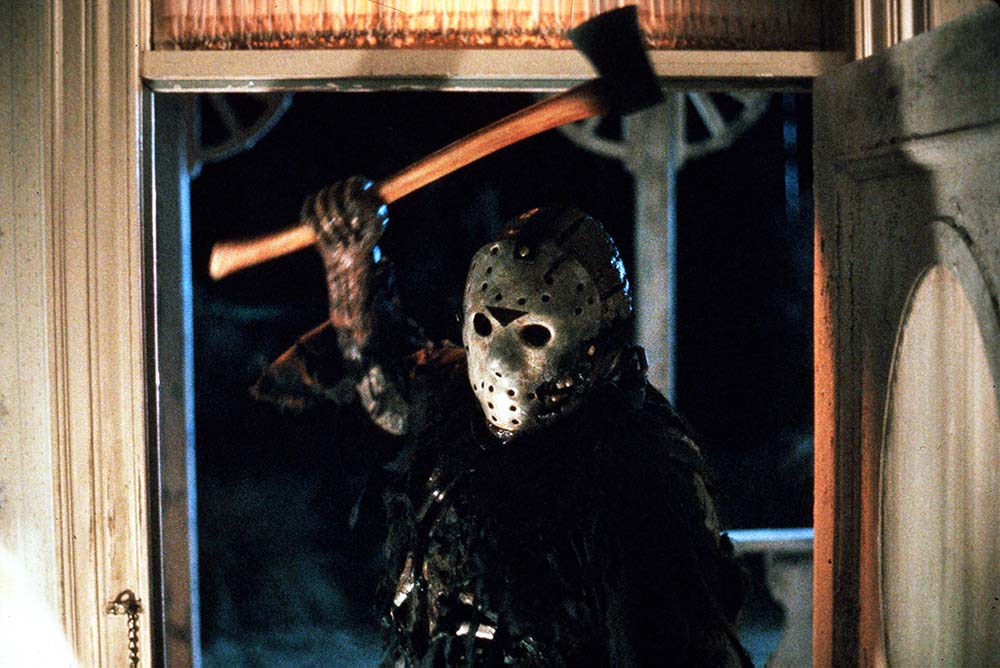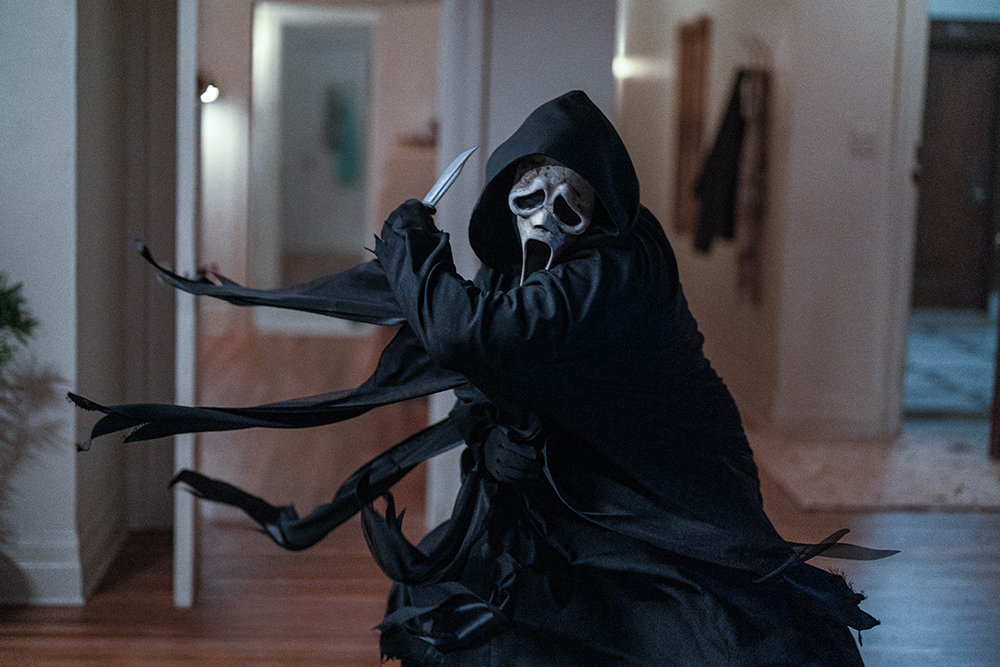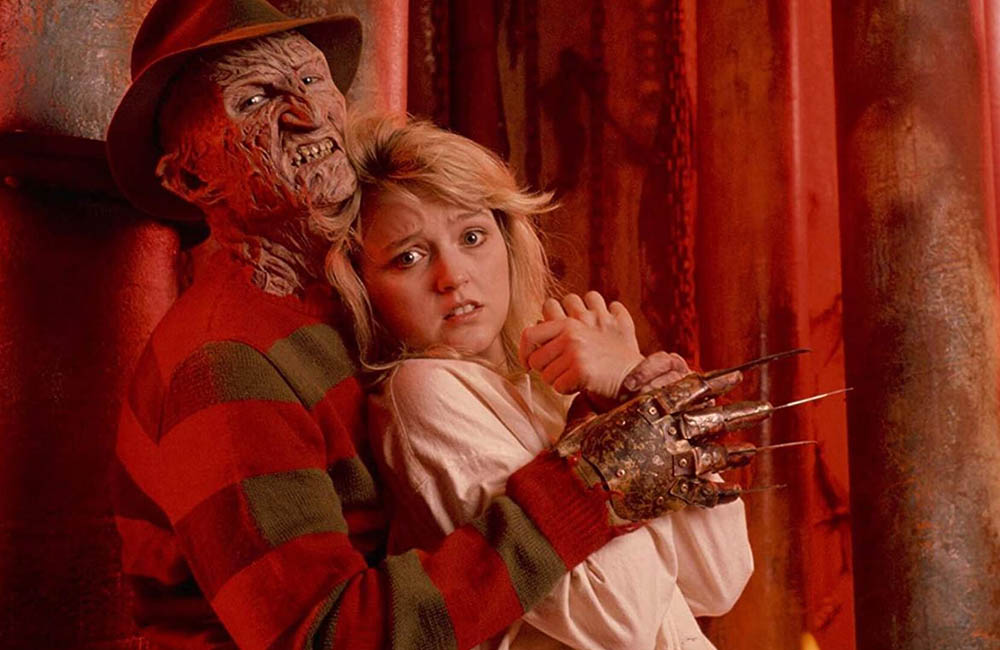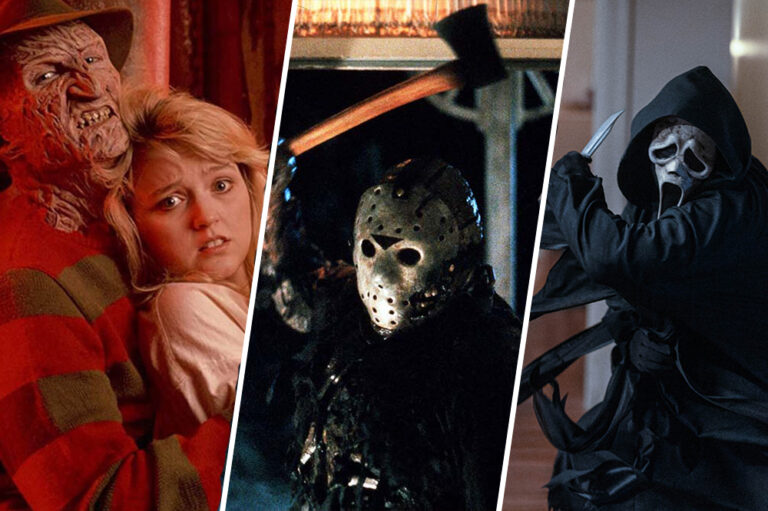The first slasher I ever watched I still remember to this day. I was about 9, and my sister had rented the video “I Know What You Did Last Summer.” I was already a bit of a kooky kid, obsessed with all things paranormal; I loved anything that was a bit dark or mysterious, and the thrill of getting scared was for me a form of escapism from the darkness that evaded my everyday life.
The thing I loved and still love about slashers, I realise now, is how each movie follows a prescribed set of rules. As a child, I sought comfort in routine – I’d watch the same films repeatedly, re-read the same books, play the same video games, taking comfort in the fact that I could enjoy the journey whilst knowing full well the outcome was the same every time.
People often ask me how I can watch horror movies and not find them terrifying. But growing up and watching slashers such as “I Know What You Did Last Summer,” “Scream,” and “Halloween,” I quickly caught on to the fact that these films tended to all follow the same guidelines, to be built upon the same foundations. I knew what to expect when I watched a slasher—the setting and the characters may change but the crux of the film, its core inner parts, were often the same. And I found solace in that.
So, as part of our ‘Six Weeks of Horror’ series, I’m going to take us through some of the key films that define the genre, contrasting and comparing along the way, and reliving some of my all-time favourite comfort films (yes, I’m weird).
What is a Slasher film?
Slashers are a sub-genre of horror that were most prevalent from the 1960s, though there are certainly films that predate this. Whilst there are many variations, and some films that pick up and borrow only one or two elements, most slasher movies tend to feature the following core elements:
The Killer

What distinguished slashers at the time of their arrival was the nature and type of killer they brought with them. Prior to the slasher (and I speak generally here), most horrors tended to centre around ‘supernatural’ monsters, such as Frankenstein, and Dracula. These otherworldly creatures were terrifying, but most know deep down that they aren’t real (speak for yourselves). The dawn of the slasher film, however, brings with it a new type of villain—the Human Being. This monster isn’t from a faraway land or borne out of supernatural circumstances; they can be anywhere and everywhere, in our neighbourhood, heck, even in our own house. And this is where the true horror lies, preying on our deepest, most palpable fears—it could happen to us.
The killer in any slasher generally tends to be male, and often will have some sort of mask covering their face (key examples being Michael Myers in “Halloween” and Leatherface from “Texas Chainsaw Massacre”). Interestingly, though human, the murderer in a slasher often exhibits some sort of mystical or spiritual energy that oddly renders them undefeatable (most likely so the franchise can continue—seriously, isn’t it time Michael Myers retired?!). More on that later.
The Weapon and the Murders
It probably comes as no surprise that the weapon of choice in any slasher movie is brutal, chosen specifically to inflict as much damage as possible. Think “Texas Chainsaw Massacre” (clue is in the title) and the pickaxe in “My Bloody Valentine.” Slashers are given that title purely for this reason—they are brutal, bloody, and the body count is generally extremely high.
“The monster isn’t from some faraway land; it’s human. It could happen to us…”
It’s also worth noting that slashers were most prevalent post 1968 and became significantly more brutal after this period. This is in large part because the Hays Code, a film industry standard that regulated Hollywood from around 1934 and banned or censored content, was abandoned after 1965. System. Following this, horror movies were free to be more explicit and downright gory in their offerings (hallelujah).
The Victim
Generally, most slasher films feature a lead female as the victim—she tends to be young, often still in school, stereotypically pretty, and virginal (*eye roll*). The murderer tends to stalk his victim in a cat-and-mouse style hunt, tormenting and threatening her, often targeting friends or family before the final ‘stand-off’ takes place.
Slashers that focus on or around high school students tend to target the ‘popular’ groups. And those who are sexually active or promiscuous, or just plain beautiful, are often killed off first. The main victim will often be slightly different to the others – she’ll be in with the crowd but also set apart from them in some way, too. This makes her the perfect ‘end girl’ who we want to see fighting for survival.
The Motive

Another element that I’ve come to realise I love about the slasher is related to motive. Both a blessing and a curse is my tendency to ask ‘why?’ Why do people act out these horrific crimes? What series of events or circumstances brough them to that place?
Often, though not always, the killer is reenacting or reliving a horrific, traumatic event, and the murders often take place on an anniversary to commemorate said events. In this sense, we are almost (I said ‘almost’) led to empathise, to see these social outcasts as pathetic or tragically ‘fallen’ from grace. They target the social groups that they are separated from and will never be a part of—the girls that, in their eyes, they could never otherwise get close to or touch.
Note that this isn’t always the case; sometimes there’s no rhyme nor reason behind the murders, and sometimes we don’t even see much of the killer. In “Black Christmas,” the killer targets the victim through a series of phone calls, which in some ways makes it more horrific. Kind of reminds me of the scene in “The Strangers,” where the victims ask, “why us?” and their torturers simply reply, “because you were home.”
Location and Setting
Slashers tend to take place in one of two types of setting. Firstly, the more isolated setting (the iconic Camp Crystal Lake in “Friday the 13th,” or the dusty hills of “Texas Chainsaw Massacre”), where the victims cannot escape or call for help and are therefore ‘easy pickings’. Settings such as these tend to say a lot about the killer themselves. They are outcasts, isolated or banished from society, misunderstood, or deformed in some way. And herein lies another key feature of the slasher movie—the mask! Many of our slasher villains wear a signature mask to hide their identity (the “Scream” mask is practically a cultural icon).
The second setting, perhaps more common, is the bog standard neighbourhood town (“Halloween,” “Scream,” “Prom Night”). The sheer normality, even mundanity, of small town life is exaggerated as a way of reminding us that killers walk among us. There’s no Dracula hidden away in his castle here—look out your window and who knows, you could be looking directly into the eyes of a killer.
Slashers tend to stay in either isolated locales or the mundanity of small towns
Regardless of the location, these killers come to represent the fears that descended upon society around the ’60s and ’70s, particularly in the US. This is generally dubbed the ‘golden age’ of the serial killer, when the term was first coined, with a sharp increase in brutal killings that tended to target young women. In fact, several of the slashers around this time are loosely based on or stem from ideas around real-life murders that had taken place.
The Final Showdown
Most slashers tend to culminate in a final showdown between the victim—the ‘last one standing’—and the killer. Generally, at this point, the victim has been traumatized and stalked, most likely seen her friends all die, and is generally on her last legs (wouldn’t you be?!). However, this is her moment to shine, and where we see how she differentiates from the others; she is smart, resourceful, strong, and resilient.

Perhaps one of the strongest tropes of the slasher movie is the idea that the killer is never truly dead, or simply cannot be killed. There is nearly always a sequel (and the rest), where the killer will come back and wreak vengeance on the victim, or the town, who he feels have wronged him (or perhaps just because he’s really narked). Some maintain that this implies a sense of otherworldliness, verging on the supernatural about these killers. I personally feel that it serves more as a reminder that these threats—both sexual and physical—are never truly gone and will forever haunt us. Just to end on a positive note.
Stay tuned!
So, there we have it—some of the key elements of the slasher genre. Stay tuned and check in each week as we make our way through some of the greatest slashers of our time. Though they may share similar themes and tropes, each slasher is fun, unique, and downright grisly in its own way, and brings something entirely new to the genre. And that, my friends, is why I love them.


